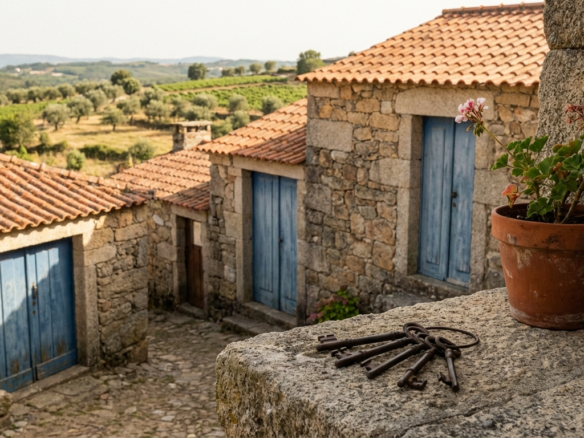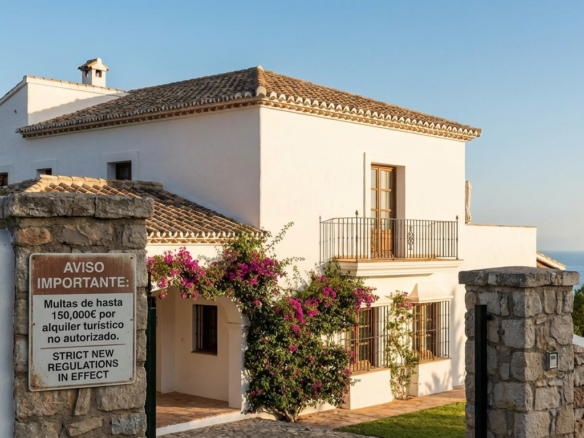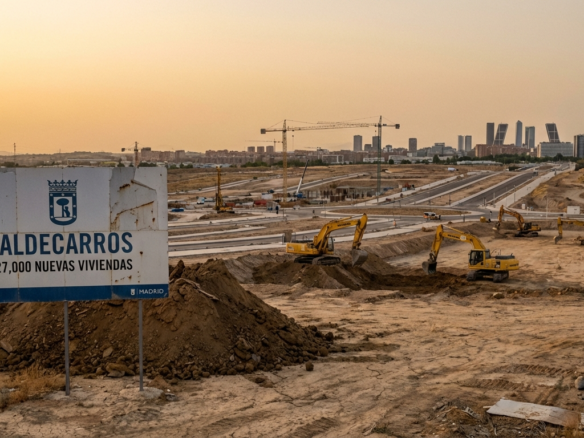Spain offers a vibrant culture, stunning landscapes, and diverse property options, making it a popular destination for property buyers. Navigating the Spanish property market involves several steps, and this guide will walk you through the process to ensure a successful purchase.
Get 50% OFF!
Subscribe to our newsletter and enjoy a 50% discount on all listing packages, no strings attached!

1. Research the Property Market
- Location: Determine your preferred area, whether it’s a bustling city, a serene countryside, or a coastal paradise. Popular regions include Costa del Sol, Barcelona, Madrid, Valencia, and Alicante.
- Budget: Understand the property prices in your desired region and account for additional costs such as taxes, legal fees, and property registration, typically amounting to around 10–15% of the property’s price.
2. Obtain a NIE (Número de Identificación de Extranjero)
- The NIE is a tax identification number required for property transactions in Spain.
- Apply for an NIE at a local police station, Spanish consulate, or with assistance from a legal representative.
3. Hire a Legal Advisor
- Engage an independent solicitor who specializes in Spanish property law to guide you through the legal process and conduct due diligence.
- Ensure the lawyer is not affiliated with the seller to avoid conflicts of interest.
4. Open a Spanish Bank Account
- Necessary for managing transactions, including property payments, taxes, and utility bills.
5. Search for Properties
- Use reputable property websites and consult local real estate agents.
- Attend property viewings to evaluate the property’s condition and suitability.
Recommended Real Estate Websites in Spain
- Idealista – One of Spain’s leading property portals.
- Fotocasa – Comprehensive property listings across Spain.
- Kyero – Extensive listings for international buyers.
- Habitaclia – Property marketplace with diverse offerings.
- European.RealEstate – Extensive European property listings, including Spain.
- Spainhouses.net – Popular site for Spanish properties.
6. Make an Offer
- Submit your offer to the seller or through the real estate agent.
- Be prepared for negotiations, especially in competitive markets.
7. Sign the Reservation Agreement (Contrato de Reserva)
- Once the offer is accepted, sign a reservation agreement and pay a deposit to secure the property.
8. Conduct Due Diligence
- Your legal advisor will verify property ownership, check for outstanding debts, and ensure compliance with local regulations.
- Review all documentation, including building permits and energy efficiency certificates.
9. Sign the Purchase Contract (Contrato de Compraventa)
- This legally binding contract outlines the purchase terms and conditions.
- Pay a further deposit, typically around 10% of the property’s price.
10. Finalize the Sale (Escritura de Compraventa)
- Sign the final deed at a notary’s office in the presence of the notary, seller, and your legal representative.
- Pay the remaining balance, after which the notary will register the property in your name.
11. Pay Taxes and Fees
- Be prepared for various taxes and fees, including:
- Property Transfer Tax (Impuesto de Transmisiones Patrimoniales, ITP): Typically 6–10% of the property price.
- Notary Fees: Approximately 0.5–1% of the property price.
- Land Registry Fees: Around 0.5% of the property price.
- Legal Fees: Typically 1–2% of the property price.
12. Register the Property
- Ensure the property is registered in your name at the Land Registry (Registro de la Propiedad) to confirm legal ownership.
Additional Considerations:
- Financing: If you require a mortgage, consult with Spanish banks to understand the terms available to non-residents.
- Currency Exchange: Fluctuations in exchange rates can impact the final cost. Consider using a currency exchange service to secure favorable rates.
- Home Insurance: It’s advisable to arrange insurance to protect your investment against unforeseen events.
By following these steps and seeking professional advice when necessary, you can navigate the Spanish property purchasing process with confidence and secure your ideal home or investment.





Join The Discussion